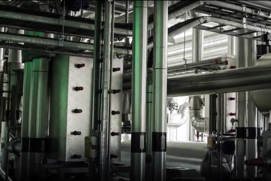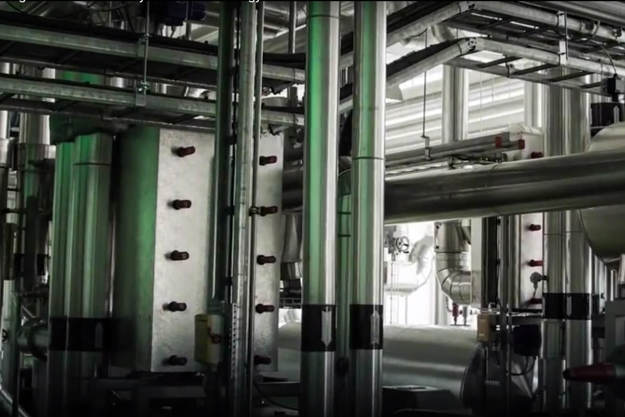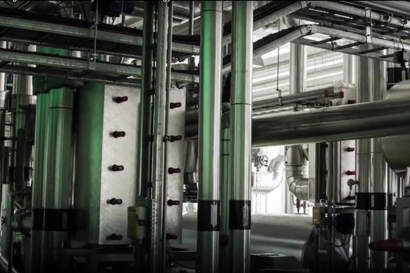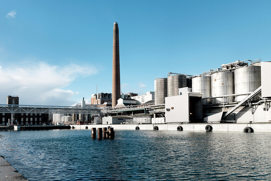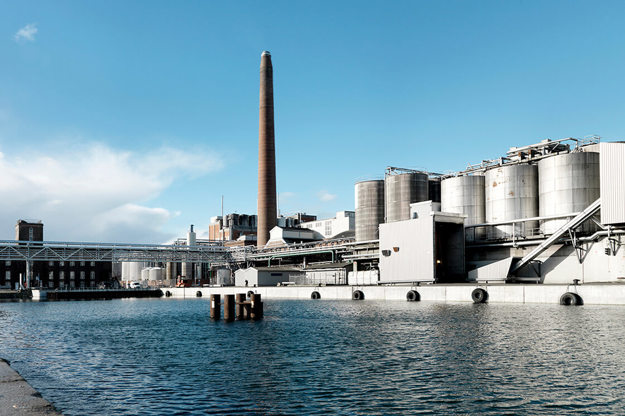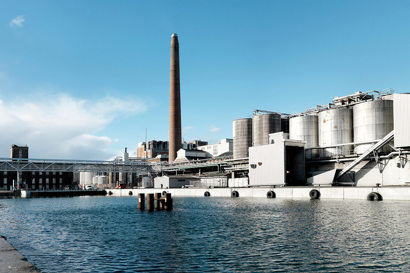
Is district heating viable in warm climates?
Our study compares heating and cooling solutions in Rome, showing that 4GDHC offers the most cost-effective and energy-efficient approach. Discover how low-temperature district heating can transform urban energy systems.
Abstract:
District energy systems are widely recognized as a sustainable and future proof solution for fulfilling urban heating demands in cold climates. However, the question remains on their applicability in climates requiring both heating and cooling of buildings. While district energy systems are traditionally designed for fulfilling either heating or cooling demands the latest system designs offer the possibility for integrating both heating and cooling demands into the same system. The commonality with these systems is low operating temperatures, which offers the possibility for end-user to use the network as a heat source, or heat sink, for their own heat pumps. These end-users are commonly referred to as prosumers, as they can both take, and delivery, thermal energy at useful temperature levels to the district energy system. This paper compares the levelized cost of heating and cooling for fulfilling space heating, space cooling and domestic hot water demands of a neighborhood with a mixture of new and old buildings in Rome, Italy, when applying low temperature district heating (4GDHC), ultra-low temperature district heating (5GDHC) and building level heating and cooling solutions. The results indicate that 4GDHC is the most competitive heating and cooling supply solution for the considered case.
Introduction:
District energy (DE) is a terminology for centrally based thermal systems. DE includes two concepts, district heating (DH), which covers centrally generated heat supply for fulfilling heating demands of its connected users, and district cooling (DC) which opposite to DH is a system for removing heat from the connected users and discarding it at a suitable central location. Both DH and DC have roots back to the 1880s and have had, based on its major developments, been classified in generations.
The historical development of DH, from a high temperature steam system, 1st generation DH, to a low temperature and multi heat source system, 4th generation DH, is described in [1]. In [2] an ultra-low temperature district heating and cooling system was defined, commonly referred to as the 5th generation district heating and cooling (5GDHC). The defining feature of 5GDHC is the requirement of building level heat pumps for boosting the system supply temperature to a temperature level necessary for fulfilling either the heating or cooling demands of the end-users. In other words, the fundamental difference is the transition from using directly useful temperature levels for fulfilling the end-user thermal demands towards being a thermal source and sink service for building level heat pumps. Due to the active thermal exchange with the network the end-users can in principle help with maintaining the thermal balance of the distribution network, hence the end-users are often argued to be prosumers [3], [4]. This however require a loose definition of the term prosumers, which generally refers to an end-user operating his own energy plant for fulfilling his own energy needs and delivers excess energy production to the energy grid [5]. In the 5GDHC system the end-users deliver their non-useful waste streams into the grid, e.g. they are not actively generating thermal energy for the system. In [6] and [7] it is argued that the 5GDHC is not compatible with the original definition of the generations of DH, due to its individual thermal generation nature, but should be considered a promising technology with its own merits.
The historical development of district cooling is described in [8], where the 1st generation is an industrial refrigeration system, followed by the 2nd generation which changes the distribution medium to water and applies economy of scale, the 3rd generation which is defined by diversification of cooling sources and the 4th generation which positions DC within the smart energy system. Unlike DH systems DC systems are generally built for serving large buildings with cooling demand all year, such as office buildings, malls and buildings which in addition to cooling loads due to climate condition have cooling demands due to internal heat gains, such as ventilation, humidity control and operation of electronic equipment.
With the transition from fossil fuels district heating (DH) is well positioned for becoming the lead heat supply system for urban areas in heat demand dominated regions. The question however remains how well-suited DH is compared to individual heat pumps for replacing natural gas-based heating in regions with both heating and cooling demands. The benefit with individual heat pumps in warm climates is the near one-to-one replacement of existing gas boilers and the simple change of the drive energy supply from the gas grid to the power grid. Further, the heat pump will give the ability to fulfill domestic hot water (DHW), space heating and cooling demands using the same unit. This individual electrification of the heating demand may although pose challenges to the power grid, namely require potential grid strength enhancements and large renewable power generation capacity, that will stand idle during large parts of the year due to seasonality of building thermal demands.
Meet the author:
Related solutions
-
if (isSmallPicture) {


 District cooling
District coolingDistrict cooling is an environmentally friendly and energy efficient cooling supply that enables a green future with substitution to renewable energy.
-
if (isSmallPicture) {


 District heating
District heatingUnlock the grids full potential with end-to-end district energy solutions and get actionable insights enabling continuous optimization and optimal temperature control on both demand and supply side.

